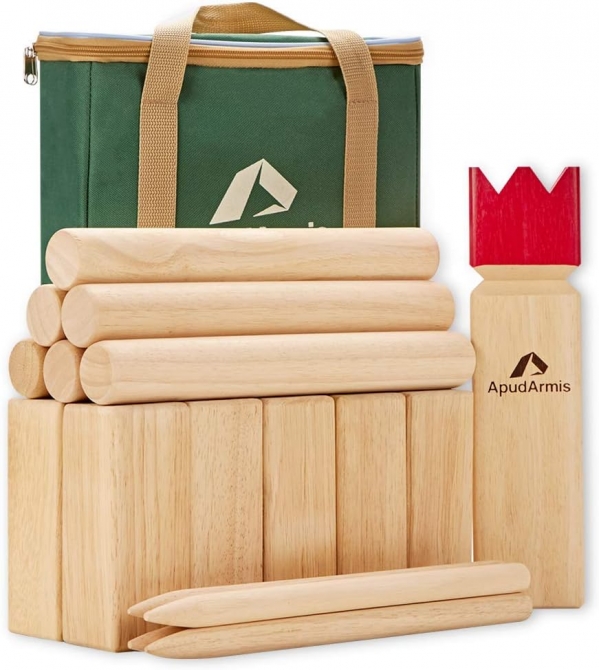

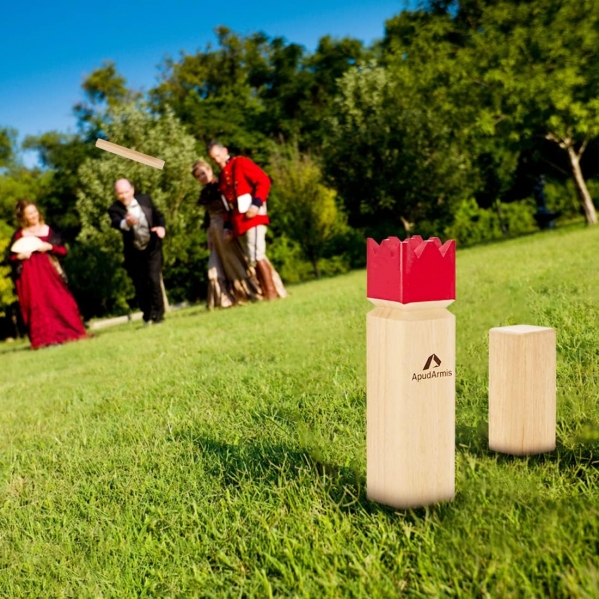
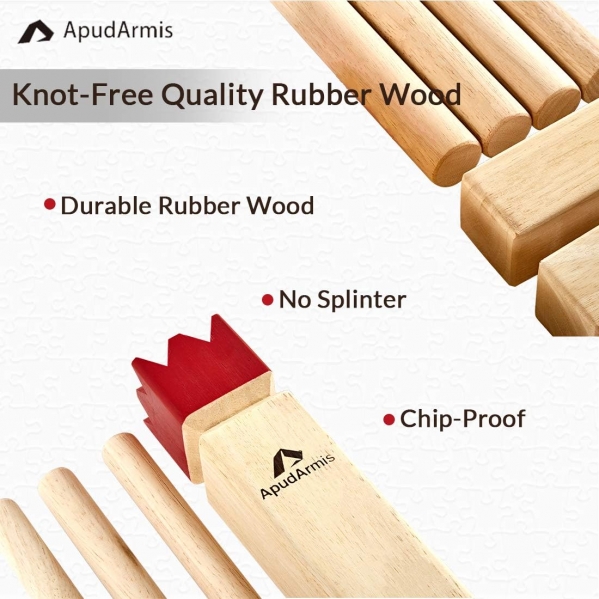
Kubb , Viking Chess Outdoor/Beach Clash Toss Yard Game with Carrying Case & Instructions
Instructions included with game!
Equipment, Preparation and Terminology
The equipment consists of 10 small skittles (kubbs), one larger skittles (the king) and 6 throwing sticks. Sometimes 4 small corner stakes are also included to mark out the court. The best playing surfaces are grass or gravel or sand.
To begin, the playing court should be marked out. There is no standard size but here are 3 sizes that are often used:
10 x 8m (33 x 26 feet)
10 x 5 m (33 x 26 feet
8 x 5 m (26 x 16 feet)
The most common size and the size used in the Kubb World Championships is 8 x 5m but this may make the game too difficult for beginners and children. Masters Traditional Games recommends using the following size to begin with - if you find it too easy, then increase the size. Younger children should perhaps start at 5 x 2 m.
6 x 3 m (20 x 10 feet)
The lines at either end of the court are called the "Baselines". The imaginary line parallel with the baselines through the middle of the court will be referred to as the "Middle Line".
Place the king in the centre of the playing field, with 5 kubbs placed at regular intervals along each baseline - one at either end, one in the middle and the remaining two equi-distant between the first three.
Kubb is played by one team against another. A good number in each team is 1 or 2 players. However, for informal games, it really doesn't matter - up to 6 players can be in a team and it's even OK to have more people in one team than the other!
Kubbs standing in their starting position on the baseline are called "Baseline Kubbs". As part of the game, Kubbs are thrown into the middle of the playing field and are erected where they end up. These Kubbs are then called "Field Kubbs".
To Begin
Sticks must always be thrown vertically and underarm. "Helicopter" throws are not allowed!
To decide which team starts, one person from each team throws a stick as close to the king as possible, but without hitting it. The team with the stick closest to the king starts.
For the first turn only, 4 sticks (not 6) are thrown from behind the baseline at the opponent's baseline Kubbs.
Second and Subsequent Turns
Each turn (except the first) consists of potentially 4 phases.
When throwing at Kubbs, sticks must be thrown from behind the "throwing line" which just means from behind the Field Kubb closest to the opponent's side.
Put more technically, the Throwing Line is a line parallel with the baseline that passes through the nearest Kubb to the Middle Line on the player's side. Obviously, if there are no field Kubbs (because the opponents managed to topple every field Kubb during their turn), then the nearest Kubb to the King is on the baseline and so the throwing line IS the baseline.
Phase 1 - Throwing the Kubbs
Players collect any Kubbs that were knocked over during the opponent's turn. These Kubbs are then thrown from the baseline into the opponents half of the court. In doing this, players are usually aiming to make the Kubbs land just beyond the middle line because the nearer the Kubbs are, the easier they are to topple in the next phase of the turn.
The opponents then raise each Kubb to vertical which they must do by keeping 2 corners in contact with the ground. Each Kubb can therefore be raised in one of 2 directions so the opponents normally choose the direction that will keep the Kubbs as far apart as possible. A leaning Kubb should be raised on the 2 corners already touching the ground.
If a Kubb comes to rest completely outside the opponent's half of the court, players have one more chance to get it right - it must be retrieved and thrown again. If a Kubb fails to land in the required area for a second time, then the opponents can place the miscreant Kubb anywhere they like on their side of the court, although it must be at least one stick length away from the King.
Official Kubb rules have lengthy paragraphs about what to do if Kubbs fall in unusual ways. To keep it simple, we suggest that if a Kubb falls on top of another Kubb or in another awkward way, it should be stood upgright on the spot as near as possible to where it's middle lay.
Phase 2 - Field Kubbs
The next phase is to throw sticks at the opponents field Kubbs - i.e. the Kubbs that are not on the baseline. Players must throw from behind the Throwing Line (see above).
If a baseline Kubb is toppled before all the field Kubbs have been toppled, then the baseline Kubb is immediately returned to an upright position.
It is imperative that all Field Kubbs are toppled because otherwise, the opponents will be able to throw from a much closer point (behind the nearest Field Kubb instead of the Baseline) during their next turn. For that reason, a good strategy is to aim at the nearest Kubbs first - so that if any Field Kubbs are not toppled, at least the opponents will be as far away as possible.
Phase 3 - Baseline Kubbs
If there are any sticks left over once all the field Kubbs in the opponents half have been toppled, the players then aim at the Kubbs on the baseline. Players must continue to throw from behind the Throwing Line (see above).
Phase 4 - The King
If there are any sticks left over once all the Kubbs (field and baseline) on the opponents side have been toppled, then players may aim at the King. When throwing at the King, players must throw from behind the baseline.
When the team has thrown its 6 sticks, the turn passes back to the first team, and the entire procedure is repeated.
Winning
If the King is knocked over by a thrown Kubb or by a stick before all the Kubbs on the opponent's side have been toppled, then the team that knocked it over loses and their opponents have won.
Otherwise, the game is won by the team that first topples all the sticks on the opponents half of the court and then topples the King from behind the baseline.
If the king is knocked over before all the kubbs have been knocked over, the opposing (non-throwing) team wins.
Variant--
Some rules say that once a Kubb has been knocked over twice, it is removed from the field of play. This will have the effect of shortening the game considerably and so may be appropriate for younger children.
$4.00/day Monthly pricing available
1 in stock
Featured Items
All Items
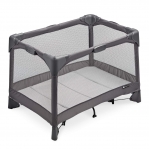
$10.00/day Monthly pricing available
1 in stock
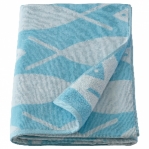
$2.00/day Monthly pricing available
6 in stock
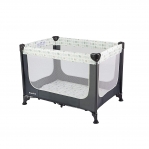
$8.00/day Monthly pricing available
3 in stock
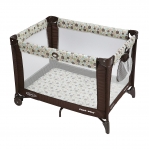
$8.00/day Monthly pricing available
1 in stock
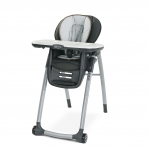
$8.00/day Monthly pricing available
1 in stock
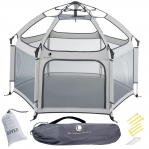
$8.00/day Monthly pricing available
1 in stock

$6.00/day (3-day min) Monthly pricing available
1 in stock
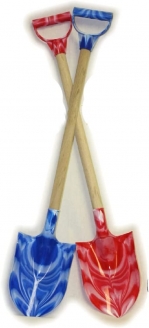
$2.00/day (3-day min) Monthly pricing available
1 in stock
Reviews
“delivery and pickup went smoothly, very clean items. would use again! ”
Vacation Lifesaver!
“Annie made the rental process so easy! This was our first time using BabyQuip, and it made traveling with a toddler so much easier. Annie dropped our items off to our Kiawah rental and picked them up right on time. Annie and her husband were very friendly and responsive throughout the entire process. Highly recommend! ”
Excellent communication
“Annie made our vacation baby gear rental process a breeze! Her communications were prompt and easy to follow. All we had to do was enjoy our vacation. I would definitely rent from Annie again. ”
Annie is the BEST!
“You truly could not have a more personable couple to work with- it was honestly an absolute pleasure renting from Annie and her husband! They delivered and picked up the equipment from our rental at Kiawah which had strict check in/out procedure times and they had no issue accommodating our needs. Thank you both so much- I’ll be renting there every visit! ”

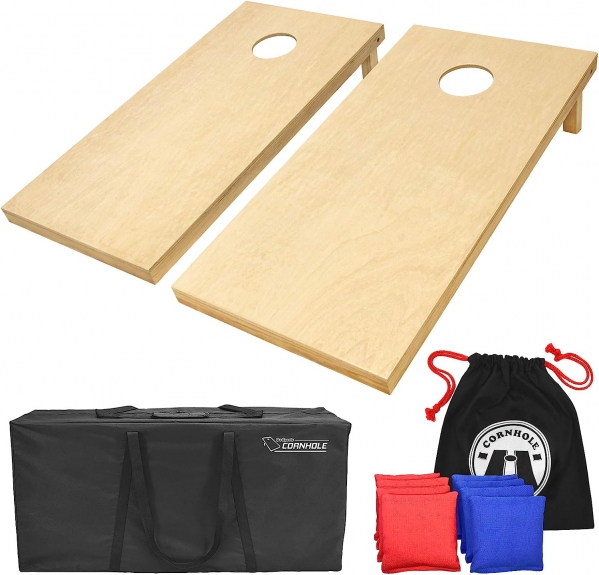
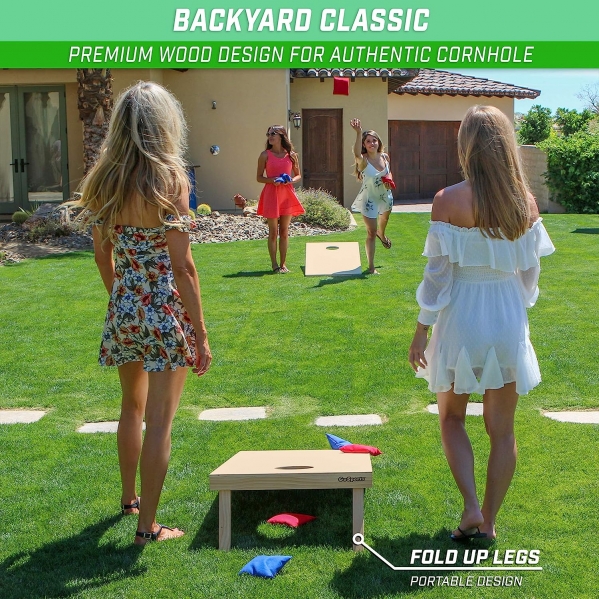
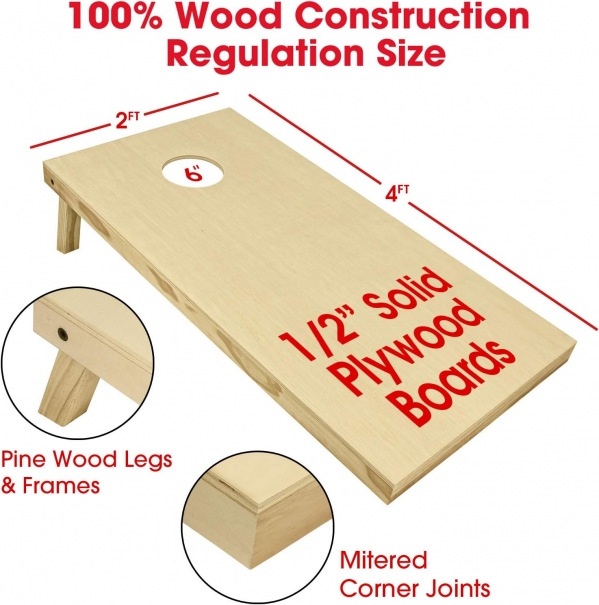
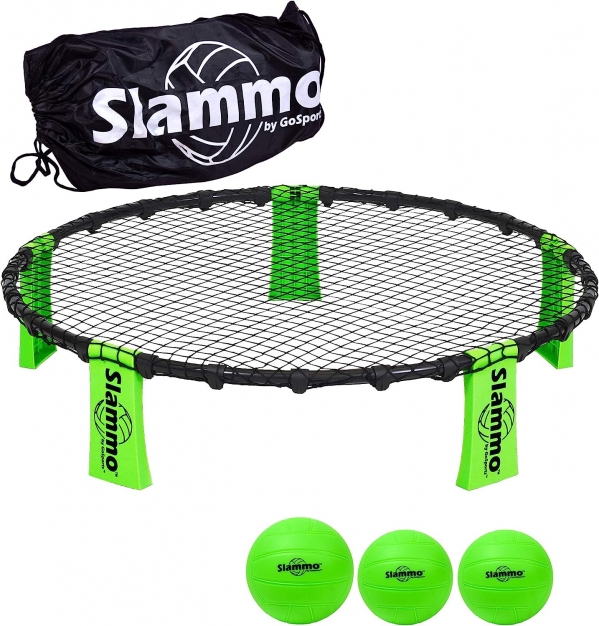
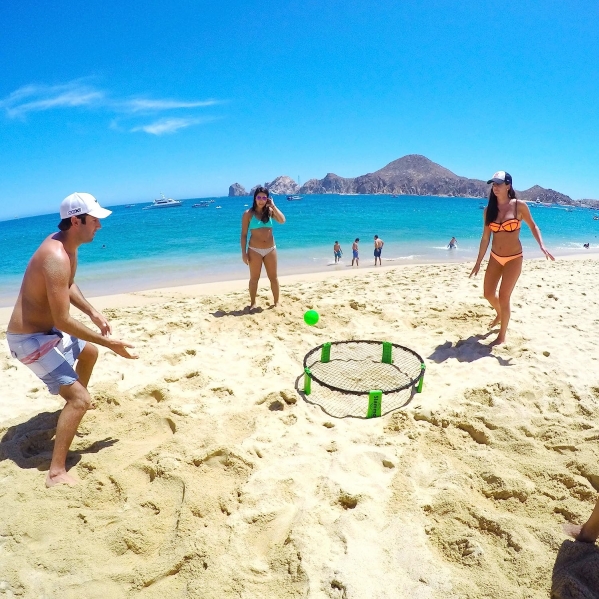
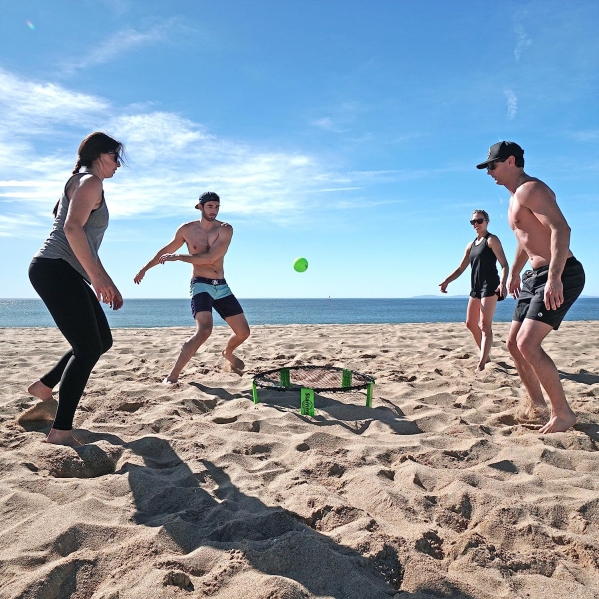
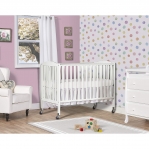
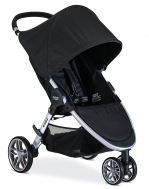
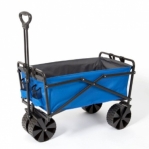
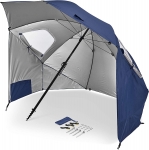
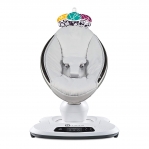
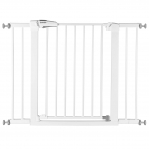
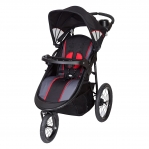
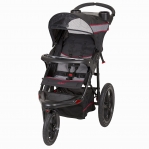
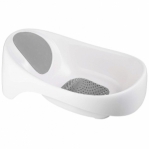
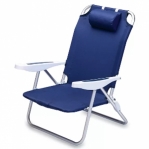
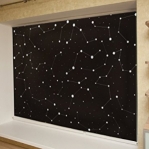
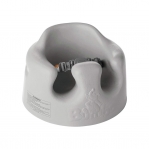
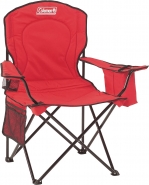
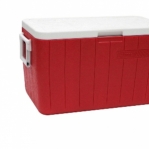
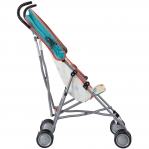
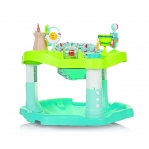


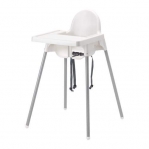
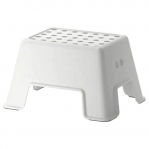
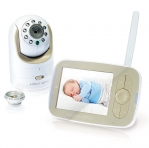

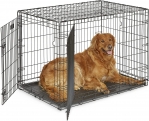
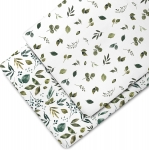
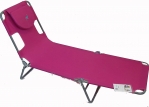
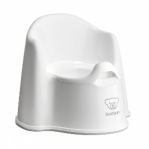
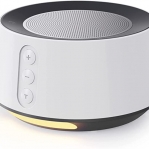
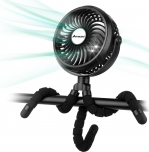
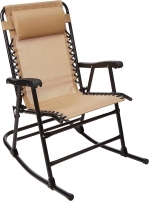








 Continue with Google
Continue with Google